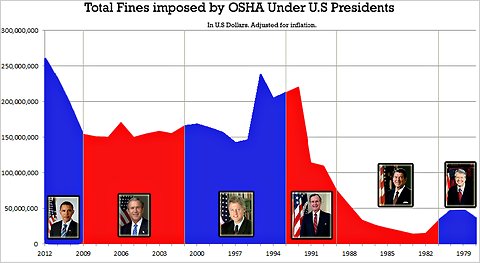As his budget centerpiece, the governor proposed raising teacher salaries across the board by $2,500 a year and dedicating $1.2 billion more to public schools. The increase would give Florida schools the largest budget ever, the governor said. Mr. Scott said his other priority was to spur manufacturing jobs by eliminating a sales tax on equipment.
Underscoring his transformation from Tea Party booster to political realist, Mr. Scott, a Republican, also proposed budget increases for the environment and the state’s university system.
This is the second straight year that Mr. Scott, who campaigned in 2010 on a pledge to shrink government, has proposed an increase in public school spending, a noticeable turnaround from his first year in office, when he sought a 10 percent cut in school financing. Schools in Florida have been reeling from years of cuts, with budgets still below those of six years ago.
Teachers, who must now contribute to their pensions and have seen their paychecks dwindle, have disapproved loudly and vehemently.
“This is a historic investment in K-12,” the governor said in his upbeat budget presentation, where he stood with a crowd of educators behind him. “It’s the right thing to do for our children.”
School board officials and superintendents praised the governor’s announcement, with the superintendent of Hillsborough County public schools, MaryEllen Elia, saying she was “encouraged” by the “laser focus” on education.
But state Democratic leaders said it smacked of “pre-election-year gimmicks,” as Senator Chris Smith, the Democratic leader, put it. Mr. Smith added that Florida teachers and schools were still being shortchanged.
“No number of teachers gathered as props in a news conference can change those facts,” he said.
The governor’s budget now heads to the Republican-dominated Legislature, which is considerably less enthusiastic about the large spending increases and raises.
“Right now, our budget shows that we don’t have $1.2 billion in surplus,” Will Weatherford, a Republican and the state’s new House speaker, said on Wednesday. “So certainly, to get to that number, you would have to make some cuts somewhere else. But we’re going to take his budget seriously, and we’re going to look at it critically.”
For the first time since taking office in 2011, Mr. Scott delivered undisputable good news to a state that suffered greatly in the recession. He announced a modest budget surplus and a steady drop in unemployment. The jobless rate is now 8 percent, a four-year low.
Taking credit for Florida’s rebounding economy, Mr. Scott said the state was back in business.
“Florida’s economy is back on track, and the nation is taking notice of our economic turnaround,” he said.
He also reached out to public employees, who have been critical of his tenure. Under Mr. Scott, nearly 2,000 state workers have lost their jobs. His budget would include at least $1,200 in a lump-sum bonus for most state workers, which could rise to as much as $5,000 depending on job performance. It was welcome news for some but not others.
The Florida Police Benevolent Association said that its members would prefer to see raises rather than a one-time bonus and that it would lobby the Legislature to pursue that option.
“We believe salary increases are long overdue,” Matt Puckett, the association’s executive director, said in a statement. “Some officers have gone six years without a wage increase due to state budget constraints.”
The governor also proposed making up the $300 million that was cut from universities last year and increasing spending for land conservation and restoration of the Everglades.
Although the governor is trying to reverse years of school budget cuts, the proposed $1.2 billion increase would not go entirely to the classroom. Nearly $420 million would go toward teacher pensions and new enrollments.
The budget did not address Florida’s quandary over Medicaid and whether to extend Medicaid coverage under the Affordable Care Act.
“Today is not the day for that decision,” Mr. Scott said.
Article source: http://www.nytimes.com/2013/02/01/us/in-turnaround-governor-wants-to-spend-in-florida.html?partner=rss&emc=rss

